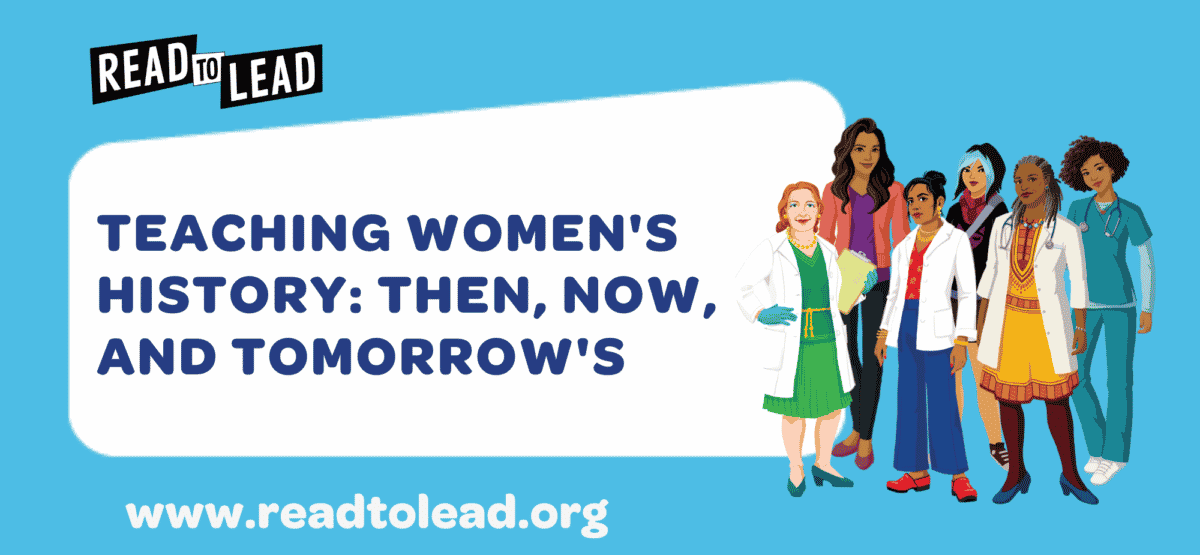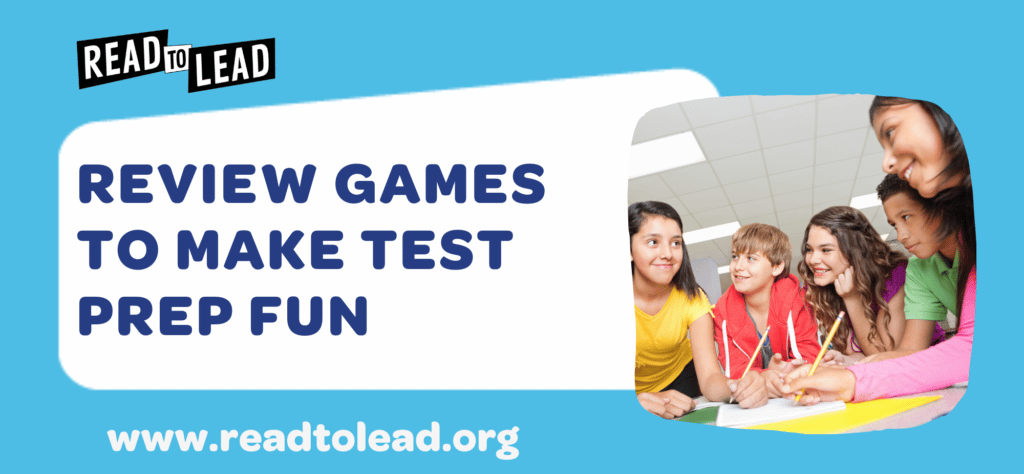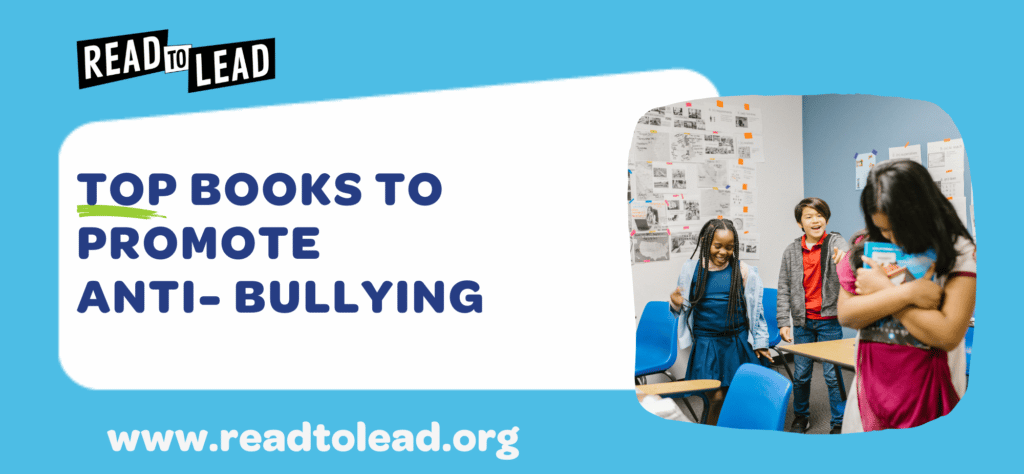
March may be Women’s History Month, but every day is a chance for us to inspire our students to be the pioneers, innovators, and change-makers of tomorrow!
Women’s History Month is a celebration of women who have taken risks, broken frontiers, and paved the way for future generations. It is a recognition of the impact of women in history.
From the Daughters of Liberty, founded in 1765 as one of the earliest formal organizations of women in the US, to the Suffragettes who fought for women’s rights to vote –
From Hedy Lamarr, who invented the technology that forms the foundation for WiFi, first used in World War II, to Claudette Colvin, a teenaged activist and pioneer in the civil rights movement who refused to give up her seat on the bus –
And in more recent times, from Kamala Harris, the first Black-South Asian woman to become the Vice President of the US, to Malala Yousafzai, a Pakistani activist for female education and the world’s youngest Nobel Prize laureate –
Incredible women have pushed boundaries, expanded the role of women, and left their mark on history. Indeed, their work continues to impact our lives today.
Our students also have great potential to be the next generation of leaders, innovators, and women making history. They stand poised to be the pioneers for the next generation, and we, as educators, have to equip them with the necessary tools to create history.
Find out how you can empower your students to become the trailblazers of the future with these four strategies!
- Debate and Discuss
Women’s issues have come a long way, and every day, countless women are out there continuing to pave a better, brighter future for our youth. However, there is still room for improvement and a myriad of issues that women are still fighting for.
What better way to teach women’s history in the making than to bring these discussions into your classroom? Whether it’s how to get more women into leadership roles, or close the gender pay gap, introducing these topics to your students through debates and discussions can help them become more engaged in issues concerning women.
If you’re wondering where to start – don’t worry; we’ve got you covered! Use this debate question about mandatory paid parental leave from Read to Lead’s special Women’s History Month supplement to promote a discussion through debate.
- Introduce Representation and Diversity through Read to Lead Games
Do your students love games? Why not use Read to Lead learning games to highlight just how your students too can become women who make a difference in their communities?
The Read to Lead gamified platform gives students the opportunity to interact with a diverse staff in a wide range of professions, as well as introduces students to women in positions of leadership – all while playing fun games. This array of characters helps expose students to different career paths and shows them that women, too, can try new things, push boundaries, and be agents of change in their community.
By introducing representation and diversity that showcases women occupying important positions in different fields and industries, we empower our students to see themselves in these roles.


Each game in Read to Lead also presents an issue that students need to resolve. By working through these games, students hone their critical thinking and SEL skills. In addition to that, these issues are related to common issues in the workplace and society, including women’s issues.
For example, in the learning game, Financial Crisis (Morning), LaDonna Watkins asks for a pay raise. Educators can use this as a springboard for discussions around the gender wage gap and how this negatively impacts not just women but everyone in society.
- Tune in to Read to Lead: Live! a career chat webinar series
Pull up a chair, grab some popcorn, and listen to the journey of a trailblazing modern-day woman entrepreneur – Tiffany Norwood, Founder, and CEO of Tribetan.
At the young age of 27, she raised $670 million to build the first-ever global digital radio platform, launch three satellites into space, support the development of MP3/MP4 technologies, and invest in a new generation of digital radio receivers. Tiffany was also the first in her family to be born with all of her civil rights, thanks to the women activists who fought for them.
Want your students to learn from other women who have smashed gender stereotypes and challenged the status quo? The Read to Lead: Live! Library also has a selection of great interviews with other women who have made an impact in their industry – all for you and your students’ viewing pleasure!
- Build Literacy Skills to Empower Women Trailblazers of the Future
Reading and literacy skills are a strong predictor of future success and the foundation to create empowered women. If we want to cultivate the women leaders and trailblazers of the future, we have to start now. By helping our students develop their literacy skills, we are setting them up for success.
But we get it: getting students to read can be difficult! That’s why we’ve created the Million Words Read Challenge!
Combining competition and collaboration while constantly cheering on students to success, this isn’t your average reading challenge – but it’s sure to get your students in the spirit of reading! And with 5,000 words read per Read to Lead game completed, students will be expanding their literacy skills by leaps and bounds, putting them on the path to future success.
Women’s history month is a great time for us to celebrate the successes and achievements of the women who have paved the way to where we are today. It is also a time to look to the future – and see our students as the future generation of women pioneers making history.
Get started on empowering your students with Read to Lead by clicking here!
About Read to Lead
Read to Lead uses the power of game-based learning to empower middle school students to build literacy, life, and career skills. Teachers can sign up for a free account to get started!


